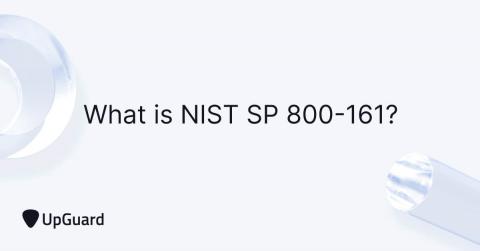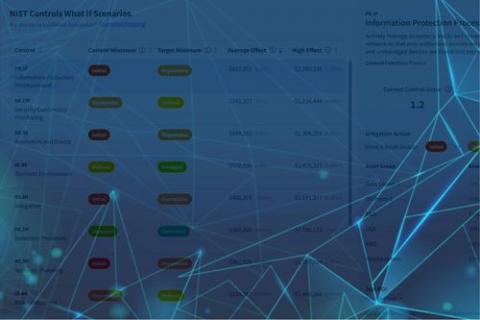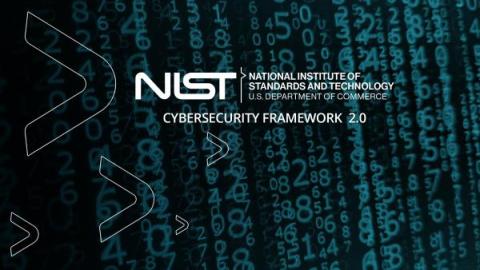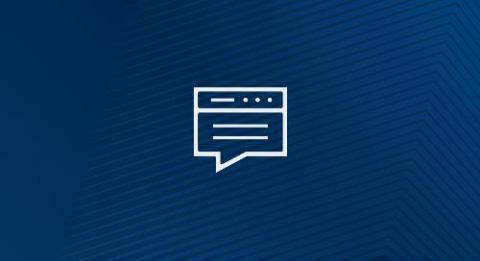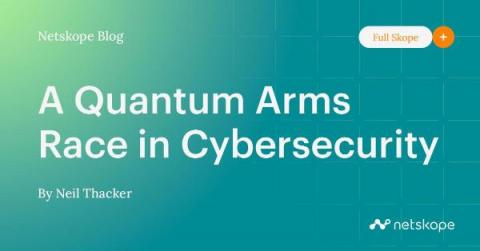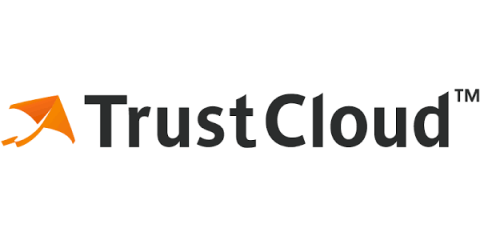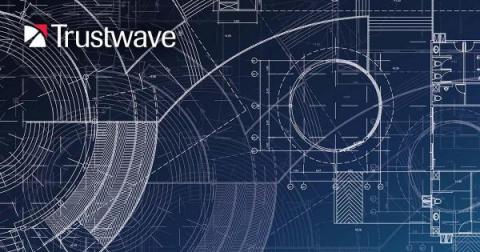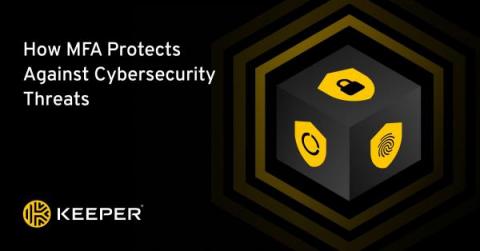Security | Threat Detection | Cyberattacks | DevSecOps | Compliance
Latest News
New Feature: NIST CSF Mitigation Recommendations
Five Things to Know About the NIST CSF 2.0
The National Institute of Standards and Technology’s (NIST) Cybersecurity Framework (CSF) is undergoing a major update. Originally released in 2014, the NIST CSF is one of the most widely used cybersecurity frameworks helping organizations understand and manage their cybersecurity risk. NIST is currently updating the CSF to align with the latest cybersecurity trends and best practices, with the expected release date of the CSF 2.0 slated for the first quarter of 2024.
Ensure a secure IT environment with integrated network vulnerability management
NIST SP 800-171: What You Need to Know
A Quantum Arms Race in Cybersecurity
In 2001, NIST (the US National Institute of Standards and Technology) announced Advanced Encryption Standard (AES), a new encryption standard, designed to help organisations enhance protections against brute force attacks. The previous Data Encryption Standard (DES) had become vulnerable, with processing power growing, and the Electronic Frontier Foundation (EFF) had proved that DES encryption could be broken in less than 24 hours, therefore a new encryption standard was required.
Kintent® Launches World's First Free, Self-Service SOC 2 and NIST-CSF Readiness for Startups
How Trustwave Uses the NIST Framework to Inform Strategy and Mitigate Cybersecurity Risk
The National Institute of Standards and Technology’s (NIST) Cybersecurity Framework (CSF) is one of several “gold level” standards used by public and private organizations as the basis for their cybersecurity protocols. It is also the benchmark utilized by Trustwave to protect our clients. NIST rolled out the CSF in 2014 as a set of guidelines for mitigating organizational cybersecurity risks.
NIST Password Guidelines
Since 2014, the National Institute of Standards and Technology (NIST), a U.S. federal agency, has issued guidelines for managing digital identities via Special Publication 800-63B. The latest revision (rev. 3) was released in 2017, and has been updated as recently as 2019. Revision 4 was made available for comment and review; however, revision 3 is still the standard as of the time of this blog post.
How Multi-Factor Authentication Protects Against Cybersecurity Threats
A weak password can easily become compromised by a cyberattacker, but employing multi-factor authentication (MFA) can stop a cyberattacker in their tracks. MFA is recommended as a best practice by the US National Institute of Standards and Technology (NIST) to reduce risk. Learn more about MFA and how it can protect your company from cyberattacks.


